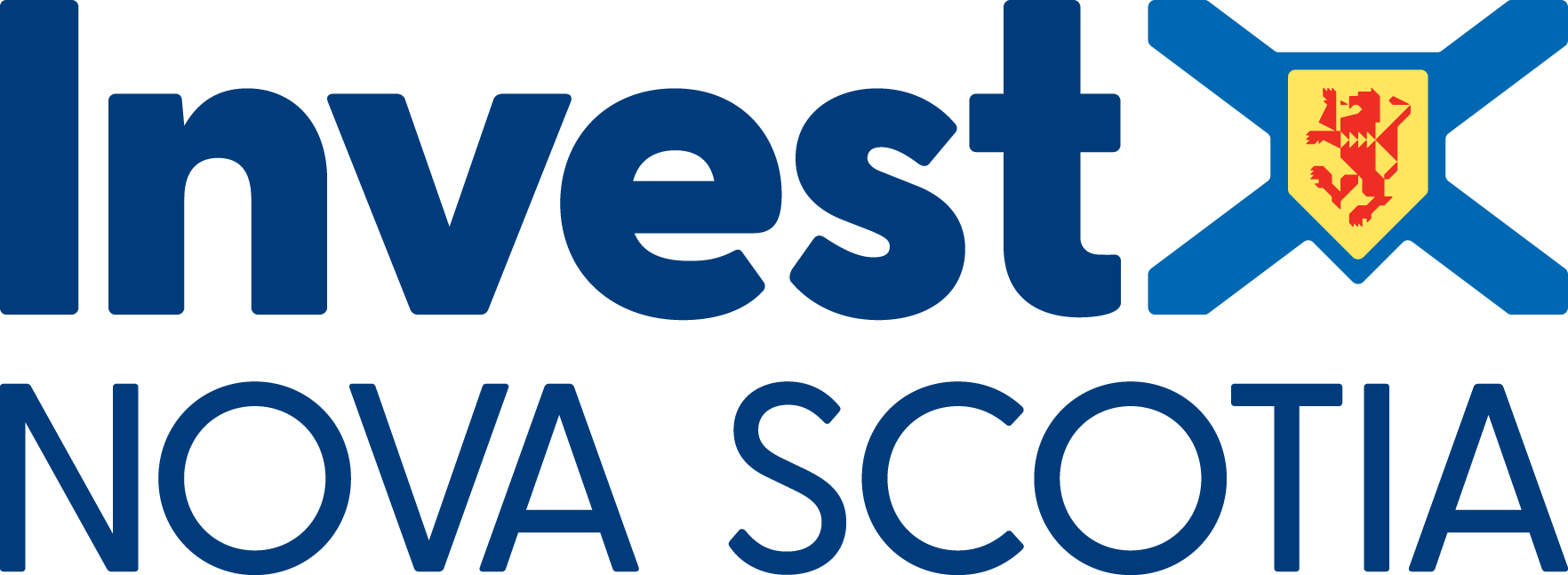A booming business, on their terms: How Side Door digitally disrupted the music industry
Tuesday, May 14, 2019
When one sets out to digitally transform the way entertainers and hosts find each other (think Uber for music shows), you’d assume a strong technology background would be a big part of the equation.
Not so much with Side Door, a unique digital booking and ticketing platform matching performers with spaces to create shows anytime, anywhere, in Canada and beyond.
Here’s how it works. Hosts and artists are matched. Owners get the unique experience of hosting shows in their own home. Artists get to perform on their terms. Audiences get to experience shows in private venues.
And it’s all made possible through an easy-to-use online platform developed - from the ground up – by individuals with no tech experience.
Which begs the question: how?
Step 1 – Get Creative
Without a proper developer Side Door had to get creative.
Side Door Co-founder Laura Simpson explains, “In the beginning it was a lot of human computer-ing and free software to start to mimic the user experience. We didn’t have a developer until March of last year, but we worked with advisors and were able to develop a journey map. By the time we were able to hire a developer, we had a strong layout to work with.”
Simpson confirmed they never lost sight of the users and the unique experience they were working towards delivering. “It was a lot of trial and error to get the finished product, but we wanted to make sure we were checking in with potential users every step of the way to ensure we were actually providing a solution that made sense.”
Step 2 – Figure out the money
As many small businesses experience, generating an income comes second when you’re trying to get your business off the ground.
“Our focus was paying contractors and we were lucky to have had people volunteer their time to help get us started. In fact, our now full-time Booking Manager was a volunteer in the early days,” says Simpson.
Side Door also understood the importance of securing investment from outside sources and pitched to their first investor audience through the Propel Accelerator Program. This momentum carried them to their first angel round, followed by a bridge round.
“From there we did our research on public funding. Our learnings allowed us to partake in travel trade missions with Nova Scotia Business Inc., receive support from Atlantic Canada Opportunities Agency, and access the Creative Industries Fund.”
Steps 3, 4, 5, 6 – Empower your people
Simpson quickly realized her greatest asset was the team. “It’s not always possible to find the solution on your own. I was able to rely on my team and look for the solutions together.”
“You need to know a little bit of everything when you’re starting your own business. Your strengths and weaknesses quickly identify you.”
Simpson emphasizes the importance people management plays, “We are a small team, and will be a small team. I have had to learn to manage our group, so they are solutions driven. I can’t be a part of every decision, so I’ve attempted to empower them to solve daily problems.”
Step 7 – Earn the trust
For Side Door, word of mouth marketing generated all the buzz they needed to get interest from potential users.
Fortunately for Simpson and her co-founder, Dan Mangan, their personal networks had industry connections.
“We were able to generate an organic ground level buzz. For us, it was important to use multiple channels and encourage social users to share the content. This worked really well.”
In fact, 60% of user registrations to their website came from a direct search result or referral. Side Door credits a lot of their early marketing efforts to understanding analytics and applying this knowledge to further efforts.
Step 8 – Expand, grow and continue to learn
Side Door understood timing was imperative to their expansion. They held their first shows in Ontario and British Columbia before making strides in Halifax, Toronto, Montreal and Calgary.
Shows began to pop up across Canada, so targeting one area in particular did not make sense for their business.
“Of course, the beginning is going to be a bit of trial and error. We expected and prepared for that. Again, analytics helped us determine our next steps. We also focused on a heat map which is made up of artists who are selecting places they want to play within North America to guide us. Our geographic choices were determined by artists and hosts signing up for the service.”
When it came time to expand outside of Canada, it was trial by fire. As Simpson explains, there were a lot of learning opportunities. “We needed to become fast experts on how people should be taxed, performance rights, royalties and multi-currency transactions just to name a few things.”
With logistics in hand, Side Door hosted their first international show in Idaho on a very tight timeline and have been expanding on their first success since.
Today, Side Door is booking 10 shows a week with 149 total shows booked through the summer of 2020.
With over 1200 performers and over 400 hosts (and growing), Side Door is just getting started.
Read more about Side Door’s booming business here: Side Door Tripled Bookings in March
Interested in learning more about Side Door or how one of NSBI’s programs can help scale your business? Talk to us today.





